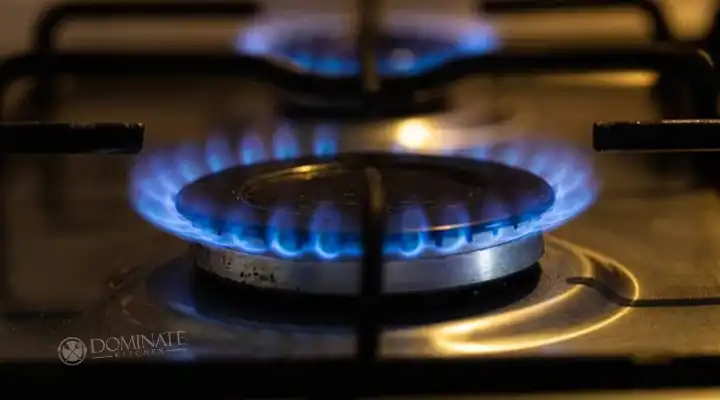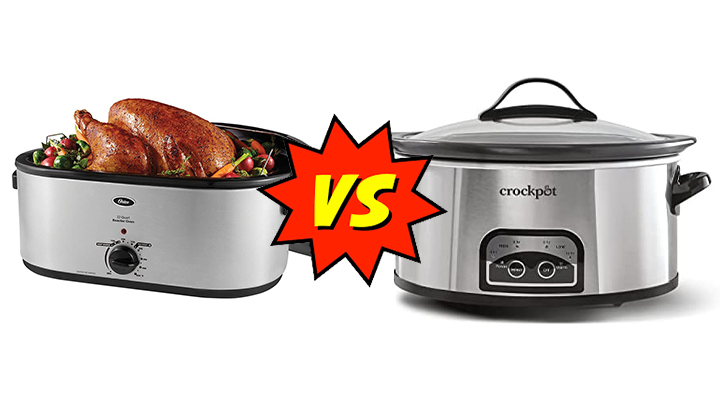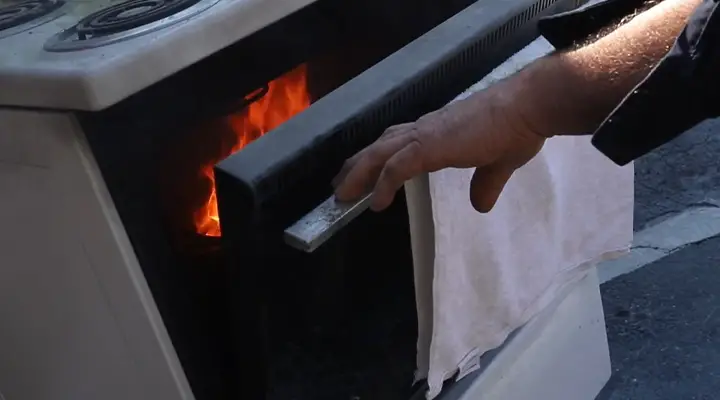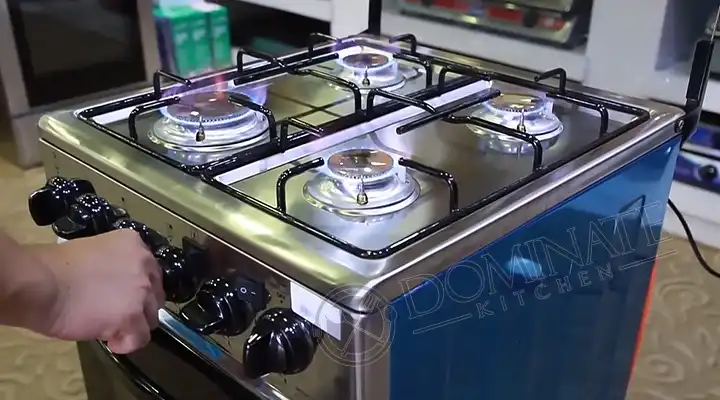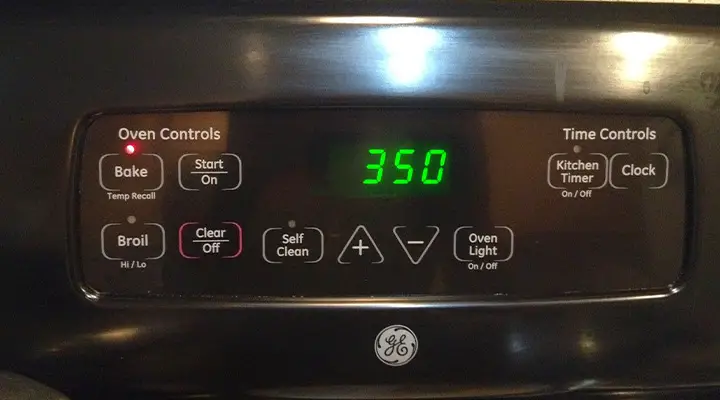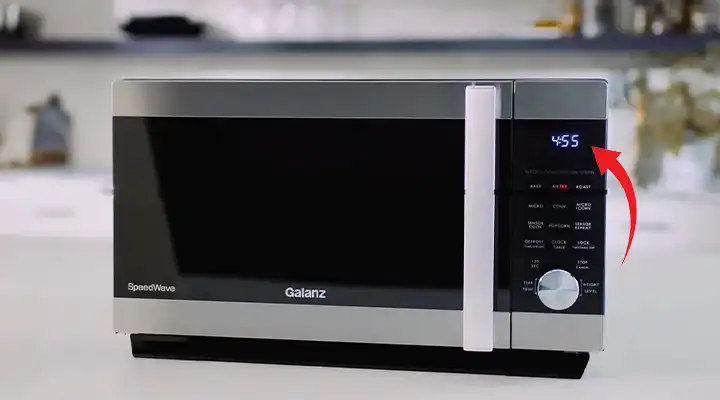What Happens If You Turn off Self Cleaning Oven Early
You can turn off the self-cleaning oven early before it finishes its job & it will not harm your oven in any way. But the oven might still remain filthy.
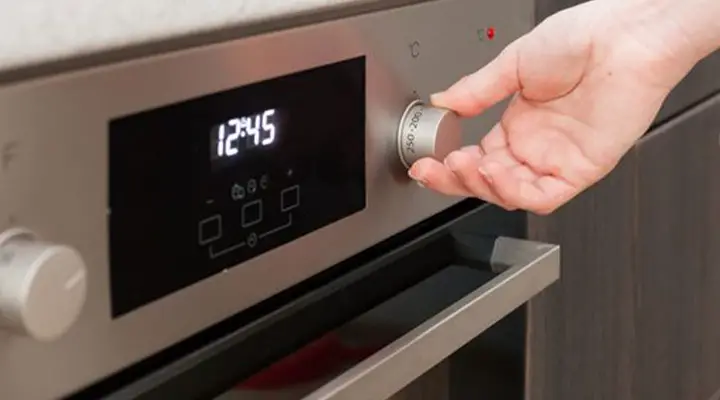
What Happens If You Turn off Self Cleaning Oven Early
Once the self-cleaning oven is finished cleaning the inside, it will turn off automatically. You won’t be able to manually open the oven or switch off the cleaning cycle while it’s running.
It will take a few more minutes to return to normal temperatures. After that, you may wipe the ash residue away using a moist towel.

There is no harm in switching off your self-cleaning oven before it completes its cycle by hitting the cancel or clear option on the settings or turning it off entirely. This will not harm your oven, but it may prevent the cleaning process from being finished, and your oven may not be as clear of burnt grease residue as you would like.
To turn off the oven early, press the “stop” knob, which on mechanical timing models must be pushed out. Turn off the oven and remove the oven temperature from the “Clean” setting. If the self-cleaning loop also does not come to an end, turn off the power at the main breaker or fuse box.
Can You Stop a Self-Cleaning Oven Early?
The self-cleaning oven can be turned off early, but the cleaning procedure will not be finished. You must cancel the ERC cycle (electronic range Control) models by clicking the Cancel or Clear/Off button if the time for cleaning the oven has been assigned but not completed.
How Long Does a Self-Cleaning Oven Stay Lock?
A self-cleaning oven is equipped with a mechanical interlock that keeps the oven door locked and closed throughout and immediately after the high-temperature cleaning cycle, which can last up to three hours. To prevent burn injuries, the door is kept locked.

The entire procedure can take a long time, but the key advantage is that it saves you from having to crawl down on your hands and knees and scrape all of the oven’s walls to remove burnt oil layers. The easiest method is to just click a button and let the oven do its job.
After the oven has cooled to around 600 degrees Fahrenheit, you can open the door. If baking spills are not cleaned up immediately after baking, there may be some smoke during the oven cleaning cycle. Self-cleaning ovens also offer better insulation, which improves energy efficiency for regular baking.

What Happens During The Self-Cleaning Process?
The fact that your oven cleans itself does not imply that you are totally free of cleaning duties. After the self-cleaning is finished, you’ll still have to clean up any residue, drippings, and other “goodies” that are left behind.

When you turn on your self-cleaning oven, it will get quite hot. It will be scorching inside! The idea is to generate enough insulating heat to transform any residual oil, fat, or anything else into ash. Your oven will be achieving temperatures between 800 and 875 degrees Fahrenheit.
What are The Types of Cycles for Self-Cleaning?
The length of the self-cleaning cycle is also determined by the oven model. Pyrolytic employs high heat to burn off the residue, and once the procedure is complete and the oven is cold, all that’s left to do is wipe away the ash. To use this feature, simply switch on the self-cleaning cycle and wait for it to finish.

The other type of self-cleaning technology, catalytic, uses heat and steam to remove residue. You’ll probably still have to clean the oven manually using this feature, but it’ll be a lot easier. Pour around a cup of distilled water over the oven floor to clean this sort of self-cleaning oven.

When Should I Use The Oven’s Self-Cleaning Cycle?
The self-cleaning cycle shouldn’t be utilized more than once every 4-6 months, especially if you’re good at keeping your oven clean manually. If there are any larger spills, wipe them up as soon as your oven cools down from baking to avoid crusting and hardening that will be difficult to remove later.
Is It Safe To Use a Self-Cleaning Oven?
Although self-cleaning ovens are safe to use, there are some guidelines that you should be following.
Avoid the Glass
When cleaning, avoid touching the front area of the oven. It gets too hot, and you risk burning out. Make sure you are present while the self-cleaning process works so that no one else touches the glass by mistake.
Be Present
If there is no one present inside the house, do not utilize the self-cleaning method since it generates dangerous fumes. As a result, if you are not at home, the room may be filled with deadly smoke.
Open The Windows
While cleaning the self-cleaning oven, leave the windows open. It keeps oven fumes out of the house and promotes a healthy environment at home.
Keep Patients Away
Keep it out of the reach of people who have respiratory problems. The harmful gases might have a negative influence on their respiratory system. It should be kept away from children and animals too.
Frequently Asked Questions
Should I empty the oven before self-cleaning?
Make sure your oven is totally empty before running the self-cleaning cycle. Because the self-cleaning procedure depends on high heat, you’ll want to take out anything inside to avoid the possibility of it catching a fire.
Can I cook after self-cleaning the oven?
As soon as the procedure is completed, the oven has completely cooled, and the ashes have been cleaned, it is safe to cook in a self-cleaning oven.
What does the F2 error mean?
The F2 error happens when the oven believes the temperature inside is too high. If you are able to open your oven door and do so before the cooldown is complete, the F2 error may appear too.
Is It Safe to Be In the House When the Oven Is Self-Cleaning?
Though there may be some foul smells from the filth being effectively smoked out, being in the house when the oven is self-cleaning is perfectly safe. Keeping your windows open should do the job.
Conclusion
If you are impatient or don’t have the time to wait for the self-cleaning cycle to complete, cleaning your oven by hand with a reputable oven cleaner may be a better option. But if you want to fully clean your oven, it is recommended to run it through the entire cycle. Make sure you are abiding by the proper guidelines when doing this procedure.

